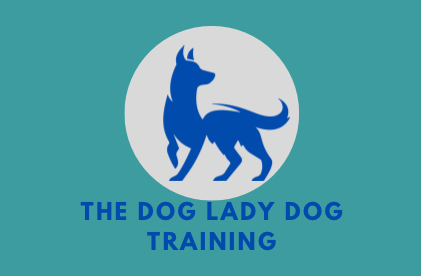Basic obedience allows owners to communicate with their dogs. In dog training, there are standardized words/cues we used to convey what we want our dog to do. These cues make up the basic obedience commands. They include:
Find it, focus, name recognition, sit, down, settle, stay, come, targeting, loose leash walking, heel, leave it, drop it, and place.
There are many different ways to teach basic obedience cues. We will focus on one common method of teaching each basic cue. We hope you find this to be a useful reference for training the dog in your care.
*Reliably means your dog is successful at something 90 percent of the times attempted.
Remember you want your dog to be successful. If he is not successful, he is not having fun and neither are you. If your dog is struggling to perform at one level, make it easier.
We will learn how to teach one cue every month beginning with focus. This month’s skill is leave it and drop it.
Leave it
Teaching your dog not to pick up an object can be very important. In order to teach leave it, you must first teach the dog to “take it.” To teach take it you should start with a handful of 6 treats and feed the first 5 treats to the dog one by one each time saying take it. When you get to the 6th treat hold it in your closed fist and the dog should try to get at it. When the dogs nose falls away say yes and reward with a different treat. Your dog should never get the treat that is in your hand. Once your dog reliably turns his head away from the hand with the treat add the cue “leave it.” When your dog reliably leaves the hand alone when you say leave it you can make the exercise harder by opening the closed hand to reveal the treat.
Drop it
Getting a dog to drop an object it is holding in its mouth can also be very important. By this time your dog should know the “take it” cue. You can then apply the “take it” cue to toys. Start with 2 similar toys, like 2 tennis balls, then ask the dog to take one of the toys. Hold the second toy in your hand and show it to the dog. Your dog will hopefully find the toy in your hand more interesting than the one they have in their mouth. The dog will drop the toy from his mouth. If the dog does not drop the toy from his mouth you can help him with a treat. Once your dog reliably drops the toy you can add the cue “drop it.” When your dog reliably drops the second toy to the “drop it” cue you can add distance, or distraction to make it harder.
